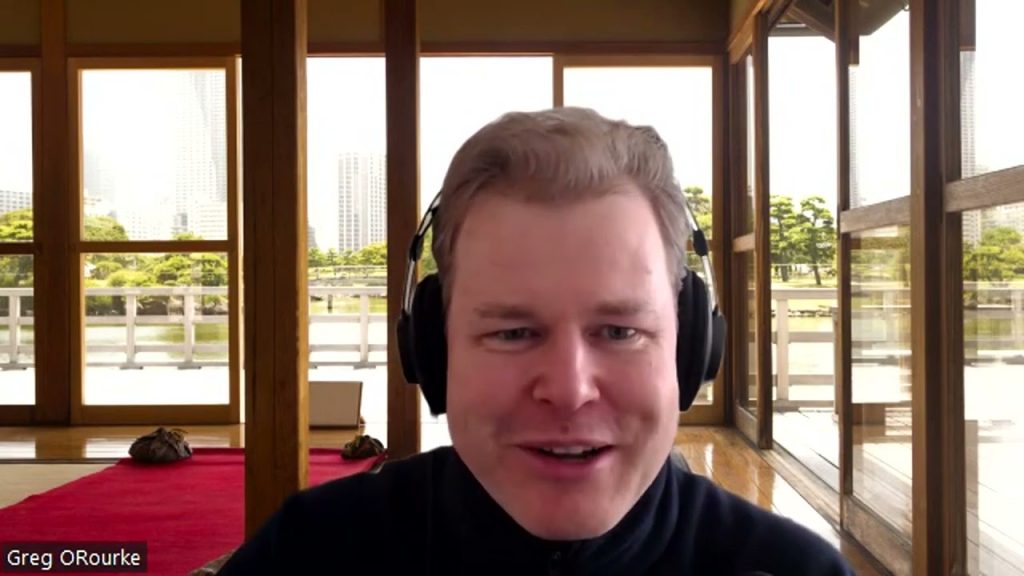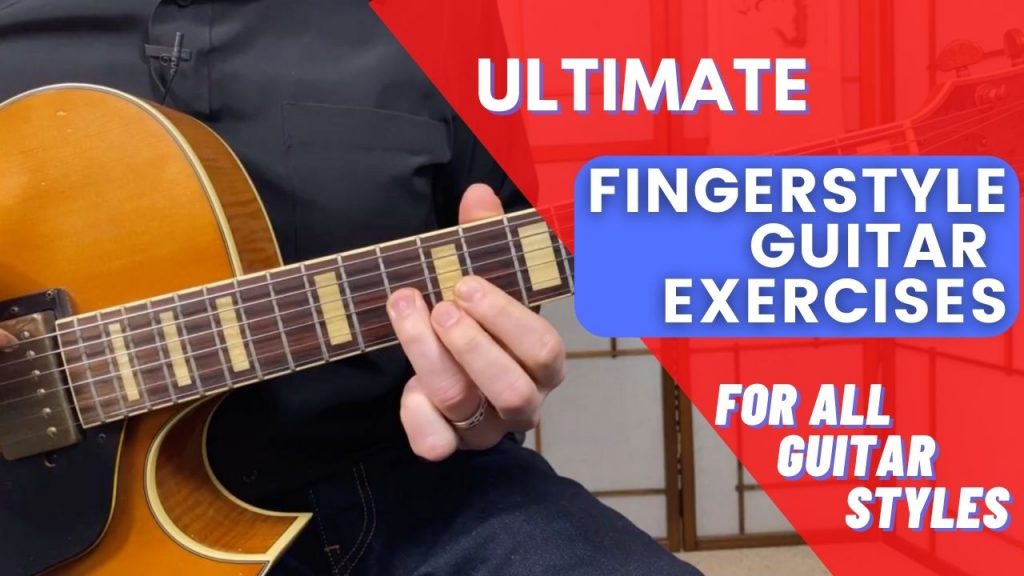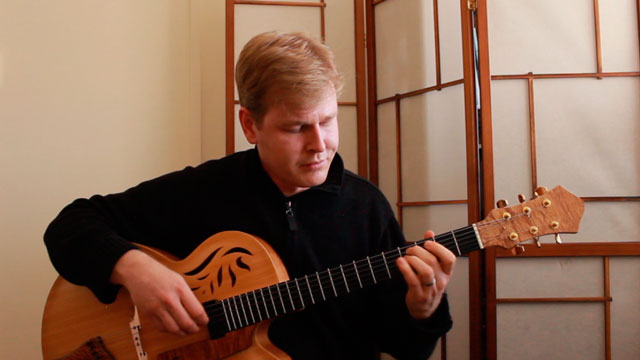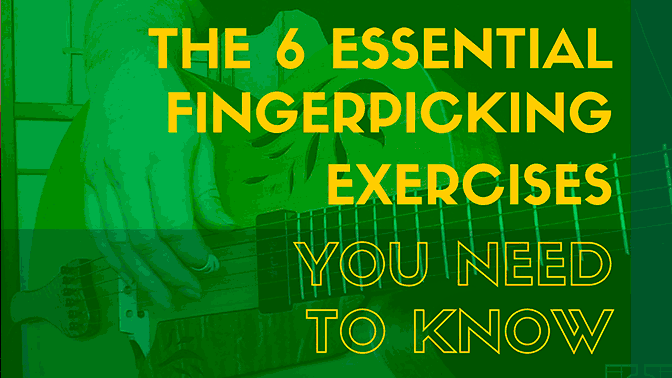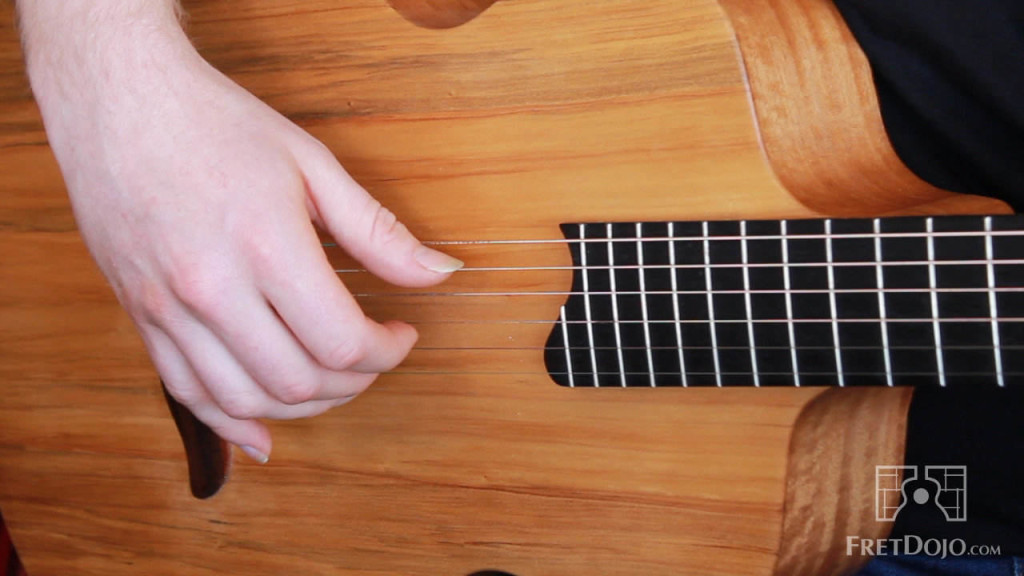Podcast: Using Guitar Picks for Jazz – Tips and Techniques
Choosing the right picking style is one of the mostly hotly debated topics in jazz guitar.
Tune in today where we’ll have an in-depth discussion on the different picking approaches for jazz guitar.
